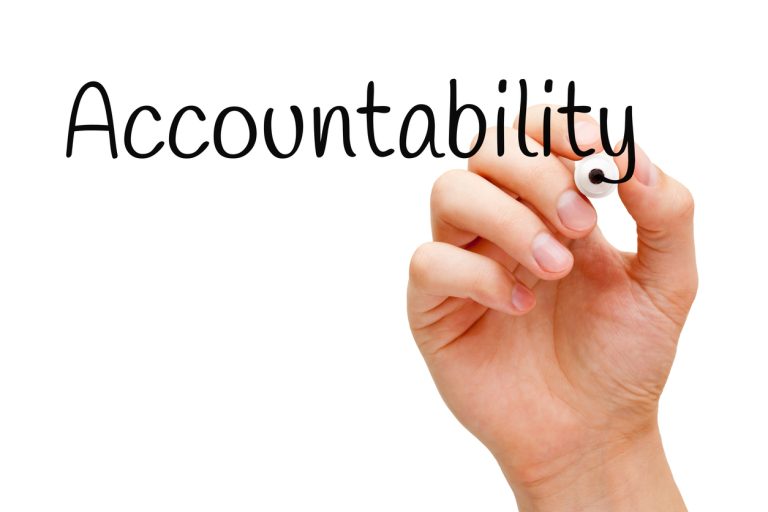When it comes to organisational governance, the boardroom is the nerve centre of strategic decision-making. Yet, when dysfunction creeps in, it can derail your organisation’s success. Recognise the signs, acknowledge the threats, and take decisive action to ensure your board remains a pillar of strength and clarity.
Risks of Dysfunctional Boards
We know the struggles you face. Dysfunctional boards often suffer from:
- Strained Decision-Making: Dysfunctional boards grapple with strained decision-making processes, leading to delays and decisions lacking due diligence.
- Erosion of Trust: Trust, the bedrock of effective governance, erodes in dysfunctional boards, hindering collaboration and undermining strategic pursuits.
- Ineffective Oversight: Dysfunctional boards struggle with providing effective oversight, exposing the organisation to operational risks and missed opportunities.
- Talent Flight: Dysfunction can lead to a talent drain as frustrated board members disengage or resign, taking their invaluable insights with them.
These issues don’t just threaten your immediate performance; they jeopardise your long-term strategic goals.
Recognising the Signs
Let’s address these issues head-on with practical suggestions:
- Proactive Conflict Resolution: Thought leaders recognise the importance of proactive conflict resolution. Address interpersonal conflicts promptly and impartially.
- Cultivating a Culture of Trust: Champion a culture of transparency and accountability within the board, encouraging open communication and respect to help build trust.
- Strategic Board Development: Advocate for strategic board development initiatives, including regular assessments and training programs to enhance board members’ contributions, skills, and experience.
- Robust Oversight Mechanisms: Implement mechanisms to ensure continuous monitoring and guidance of organisational performance.
The Statistics Speak Volumes
- Desire for Change: A significant 45% of directors have expressed a desire to replace fellow board members due to ineffective performance, highlighting widespread dissatisfaction with current board dynamics (BoardShape – Run better board meetings).
- Disorderly Behaviour and Lack of Respect: Dysfunctional boards often experience disorderly behaviour and a lack of respect among members, which can create a toxic environment and impede effective governance. This disorder can lead to conflicts, personal attacks, and an overall hostile atmosphere (BoardShape – Run better board meetings).
- Conflicting Agendas: Conflicting agendas among board members can derail strategic initiatives and create chaos within the organiation (BoardShape – Run better board meetings).
- Financial Outperformance: Boards with top-quartile dynamics and processes report a 59% financial outperformance relative to their industry peers, compared to 43% for bottom-quartile boards (McKinsey & Company).
- Decision-Making Efficiency: Boards implementing comprehensive governance strategies see a 30% increase in decision-making efficiency (BoardShape – Run better board meetings).
- Reduction in Risks: Effective governance frameworks have led to a 25% reduction in operational risks (McKinsey & Company).
Championing Effective Board Dynamics
I understand the complexities and frustrations of boardroom dysfunction, from strained decision-making to eroded trust. With years of championing a people-centric approach to risk management and governance, I bring a wealth of knowledge and a unique perspective to address these challenges. As the best-selling author of ‘Risk Starts and Ends with People’ and creator of the ‘PROTECT’ method, my work breaks down barriers to improve how organisation’s “PROTECT The House“—a powerful metaphor for safeguarding the core foundation and well-being of a business.
In addition to my writing, I serve as a guest lecturer at a leading university, preparing future leaders for excellence in their understanding of risk management. Recognised in The Australian Business Journal as one of the ’20 Australian Women Making Moves in 2022,’ my dedication to enhancing board and leadership effectiveness and strategic clarity is well-respected. I know the importance of a cohesive, well-functioning board can be in driving significant improvements in organisational performance.
The Cost of Inaction
The risk of maintaining the status quo is too great. Continuing with the same dysfunctional patterns can have severe consequences:
- Strategic Stagnation: Your organisation will struggle to grow and adapt, missing out on new opportunities and fall behind competitors.
- Operational Crises: Unaddressed risks can escalate, causing significant damage and incurring high costs. The aftermath can take years to resolve, impacting your organisation’s stability and reputation.
- Talent Drain: Your top talent will leave, seeking healthier environments where they feel valued and respected. This loss of expertise can cripple your strategic initiatives and weaken your competitive edge.
Take Action: Clarity Workshop for Boards
The dangers of a dysfunctional board are clear, but so is the opportunity for transformation. Our Clarity Workshop is designed to bring focus, cohesion, and strategy clarity to your board, ensuring you not only recognise the risks but actively work towards organisational excellence.
Workshop Attributes: Clarity for the Board
In this workshop, we will:
- Identify Dysfunction and Misalignment:
- Recognise signs of dysfunction and misalignment within the board.
- Explore the impact of dysfunction and misalignment on organisational strategies and outcomes.
- Proactive Conflict Resolution:
- Learn strategies to support proactive conflict resolution.
- Establish protocols for addressing conflicts impartially and constructively.
- Building a Trusting Culture:
- Understand the key elements of trust-building within the board.
- Explore ways to foster transparency, open communication, and accountability.
- Strategic Board Development:
- Discuss the importance of regular board assessments to continuously enhance individual and collective effectiveness.
- Explore training programs to enhance individual and collective board effectiveness.
- Implementing Robust Oversight:
- Discuss the implementation of robust mechanisms for overseeing organisational performance, ensuring that risks are managed proactively and strategically.
- Understand the board’s role in actively monitoring and guiding the organisation, fostering a culture of continuous improvement and alignment to its organisational identity.
Conclusion: Lead the Change
As thought leaders, we need to lead the change our organisations need. The time for that change is now. Embrace the call to join the Clarity Workshop and pave the way for a board that not only understands the risks but actively works towards a future of strategic clarity and organisational excellence.
Now is not the time for inaction. Embrace the opportunity and embark on the journey to a more effective, cohesive, and strategically aligned board.




